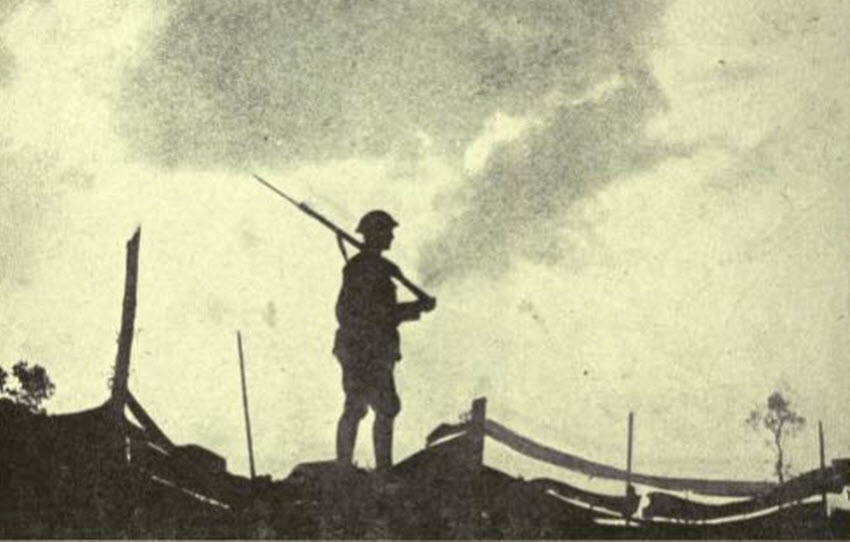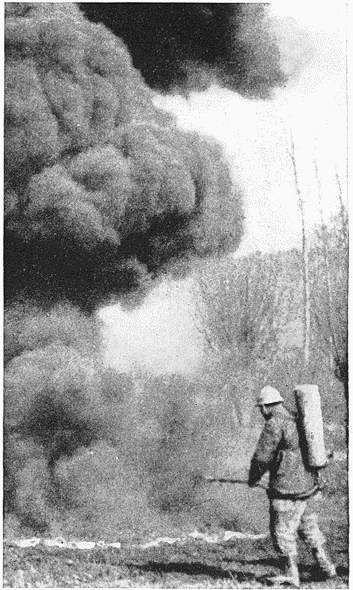|
|||||||||
|
|
History of World War 1This section provides a comprehensive history and overview of World War 1, from its causes to its ultimate end. The text that follows is from A Short History of the Great War, and was written from the perspective of the winning British side. As such, some of its conclusions must be looked at cautiously. 
History of World War 1 World War 1 began as the result of the assassination of the Austrian Crown Prince and his wife by a Serbian nationalist. This outrageous incident was the spark that started a world wide holocaust that left millions dead. Ironically, the assassin was not executed because he was not even 18 years old. Instead he was imprisoned by the Austrians and died of tuberculosis before the war ended. However, to say that the assassination caused the war is simplistic and ignores the fact that the major powers of Europe had been engaging in a massive arms build up and a geopolitical strategy of gaining colonies, resources and allies, similar to the Cold War. Most politicians expected that there would be a war, at some point, between Germany and her allies and Britain and France, and their allies. The chief players in this game of military brinkmanship were the British Empire and the younger German Empire, founded in 1870. The German ambition was to dethrone the British as the chief colonial and naval power. Germany engaged in a massive ship building program aimed at undermining the British naval superiority. Germany was also worried about the growing power of the Russian Empire and its growing influence in the Balkans. Although Russia was backwards militarily and economically, it had a vastly larger population and could field huge armies; and Russia was modernizing and re-arming. Germany feared that if Russia were not eliminated as a threat it would eventually be in a position to expand westward at the expense of the German and Austrian Empire. Other combatant nations in World War 1 had ambitions of their own. The Ottoman Empire had come under the economic and political influence of the Germans, who provided military training and equipment. The Ottoman Empire had suffered enormous defeats in the Balkan Wars of 1911-1913, which had resulted in the loss of much of its European territories. It had also lost Egypt and to the British Empire and in the north it was threatened by its old enemy, Russia. As a result, the Ottoman Empire hoped that siding with the Germans would allow it to recover lost territories and prestige. Italy had come into being only a few decades before the Great War, after waging a great war of liberation against the Austrian Empire. But many parts of Italy were still under Austrian control and large Italian populations lived within the Austrian Empire. Italian public opinion favoured the liberation of these Italian territories through force of arms. Austria was a major power. It had industrialized and was well armed. But its ethnic diversity was a fundamental weakness: its large Hungarian and Slavic populations were beginning to seek independence and the Empire threatened to fragment into a dozen smaller states. By declaring war on Serbia following the assassination of the Crown Prince, Austria sought to crush the small upstart nation of Serbia, which it regarded as responsible for stirring up independence movements among the Slav populations of the Empire. The Russian Empire was still largely feudal and not fully industrialized, but it counted itself among the great powers of the world and sought to extend its influence southward. Russia dreamed of an outlet to the Mediterranean for its navy and had ambitions of capturing Constantinople (now Istanbul) in order to control access to and from the Black Sea. It also sought to exert its influence among the Slavic peoples of the Balkans, such as the Serbians, with who it shared cultural and linguistic roots. France, on whose soil much of the war would be fought, harboured a deep resentment against Germany because of the defeat that France had suffered at the hands of Germany during the War of 1870. During the war of 1870, the Kingdom of Prussia (which later became the German Empire) had led a lightning campaign into France and captured Paris itself. The terms of peace had been humiliating to France, and France had been stripped of the province of Alsace-Lorraine, which was annexed by Germany. France wanted a re-match against Germany. In the years building up to the Great War, all of the nations of Europe had created alliances and promised to support each other in the event of war. When Austria declared war on Serbia, Russia intervened on its behalf. This led to war between Russia and Austria, and led to Germany declaring war against Russia. France and Britain, allied with Russia, then entered the war and Germany and Austria were now at war with the rest of the allies. The Ottoman Empire would soon join the war against the allies. Italy, initially neutral, would eventually go to war against Austria.
| ||||||||

